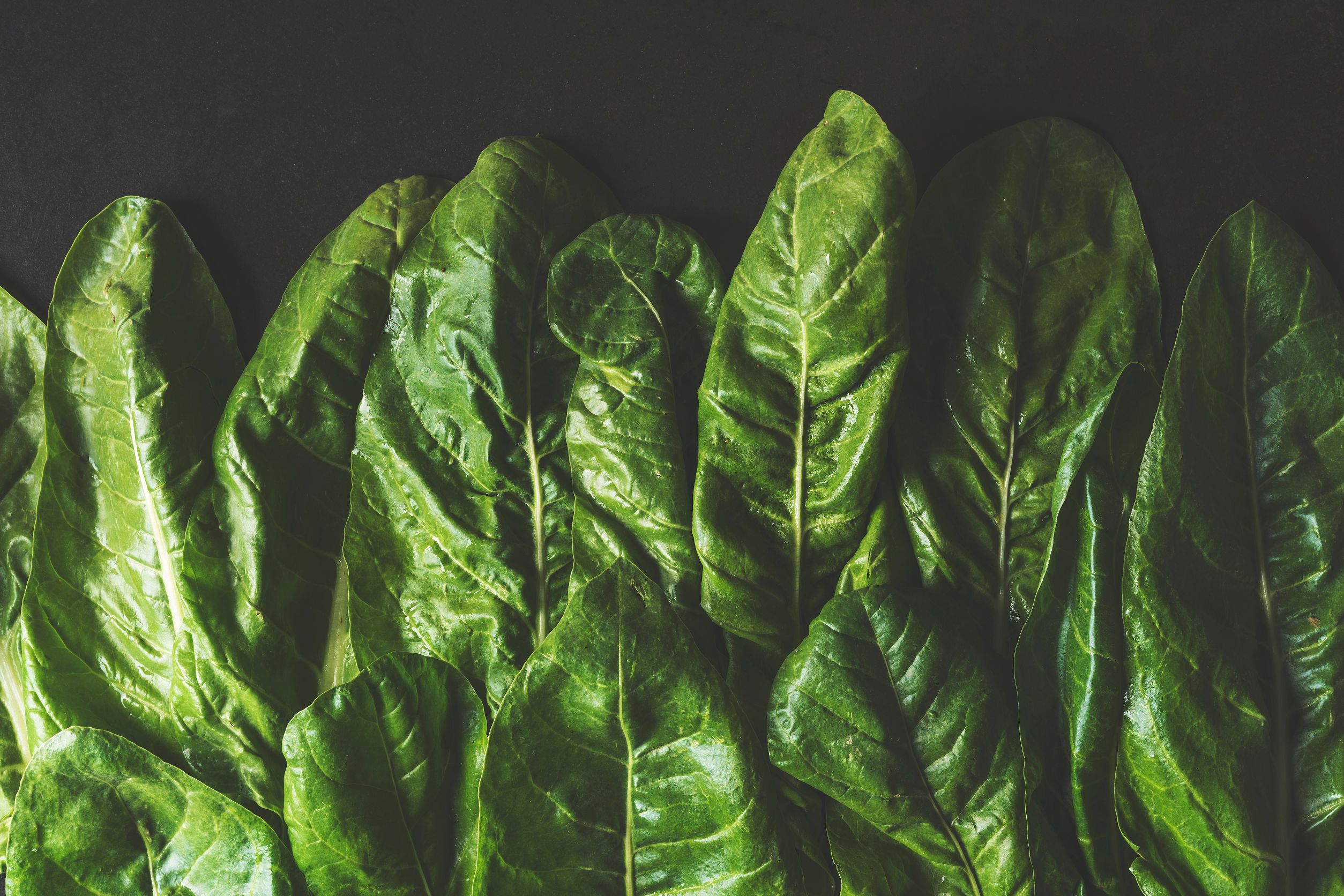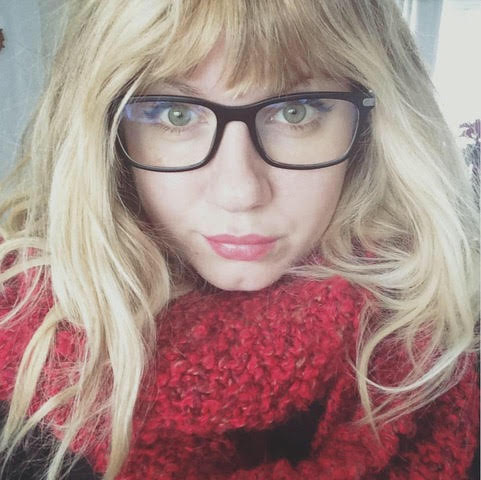
Image Source: Canva
The weather has been up and down lately. One moment, it’s freezing cold; the next, there’s a mini-heatwave. It makes me glad that I didn’t bother to plant too much in pursuit of a fall and winter harvest. A few carrot and beet tops are peeking out of the ground; the zinnias are still in full bloom (everyone asks about them — they’re genuinely the best annual flower!), there’s still chard growing in one patch, and the perpetual spinach I planted in the spring looks AMAZING.
What’s Perpetual Spinach?
Although it looks and tastes like spinach, it’s actually a relative of beets and chard. While I enjoy beet tops occasionally and love the vibrancy of multi-colored chard, spinach has a distinct flavor that I love to include in a variety of dishes.
Unfortunately, it is a pain in the neck to grow in the spring unless you plant it early enough. Planting early means having some way of heating the soil (e.g., hoop tunnels). Since I don’t, I need to plant spinach as soon as the ground warms, which can sometimes be as late as May. In recent years, the soil warms up later and later, and the summer rides in without notice. The sudden heat this year left me with spinach that bolted in seedling form. I didn’t even get to harvest a single leaf.
Planting in the fall is possible, but sudden heat waves can also ruin the party for spinach lovers. Is there a way for frugal gardeners to enjoy it without having to invest in crop protection accessories or make the extra effort to protect seedlings from the heat? There is, indeed! If you’ve ever had trouble growing spinach, consider its perpetual cousin.
My Experience With Perpetual Spinach

Image Source: Canva
I planted perpetual spinach in the late spring, expecting it to bolt as quickly as the rest of my spinach, and watched as the leaves unfurled and grew without shooting out seed stalks. Curious, I left the leafy greens alone and mostly forgot that they were even there since they were partially hidden by the bean bushes nearby.
At the height of the summer, the leaves yellowed slightly, and the plants wilted, though they didn’t die off completely. I considered pulling the crop, but thankfully, my hesitation caused me to leave the plants. I’m glad I stepped away. In the last few weeks, the chillier weather seems to have given the spinach a whole new lease on life. The plants are bigger than ever before and are a beautiful bright green. Better yet, no pests seem to have taken an interest. I expect the cut-and-come-again crop will last well into the fall and maybe a few weeks into winter.
I highly recommend planting this pseudo-spinach in your garden. It’s definitely making the regular rotation in mine!

Steph Coelho is a freelance writer gardening in zone 5b. She is a certified Square Foot Gardener and has taught various garden-related workshops. When she’s not digging in the dirt or writing, she’s cooking up fresh produce, running, or listening to her favorite podcasts.
Leave a Reply